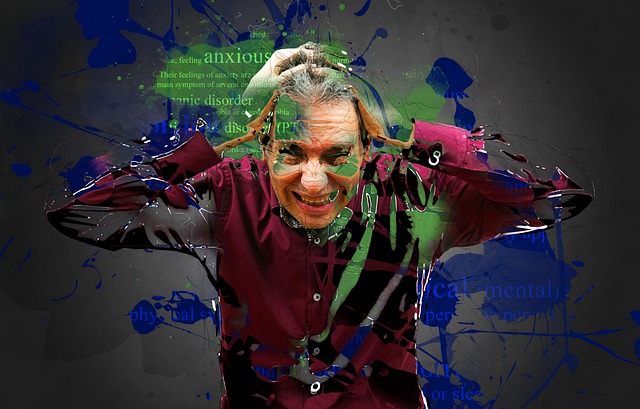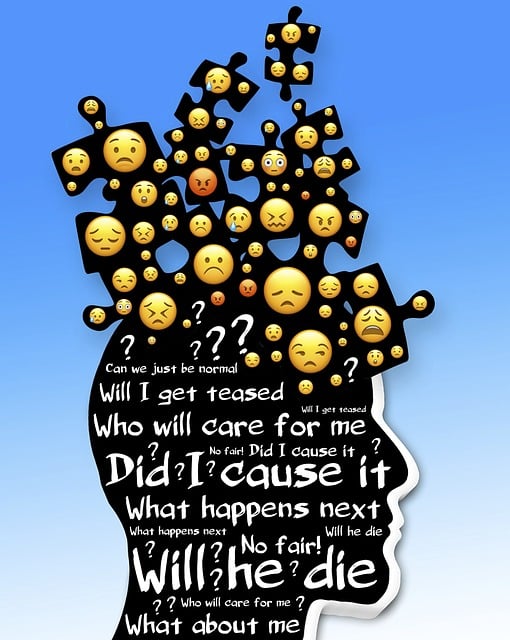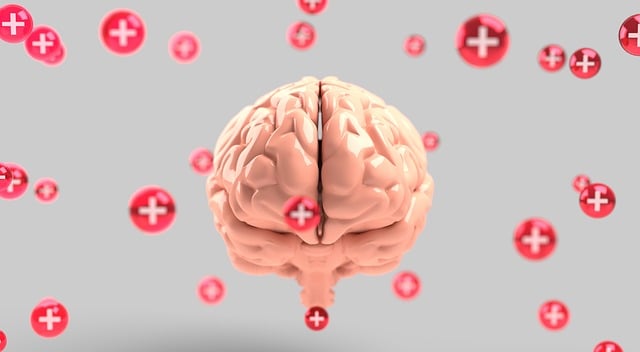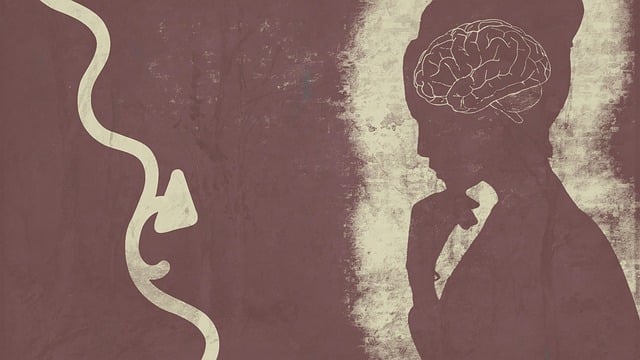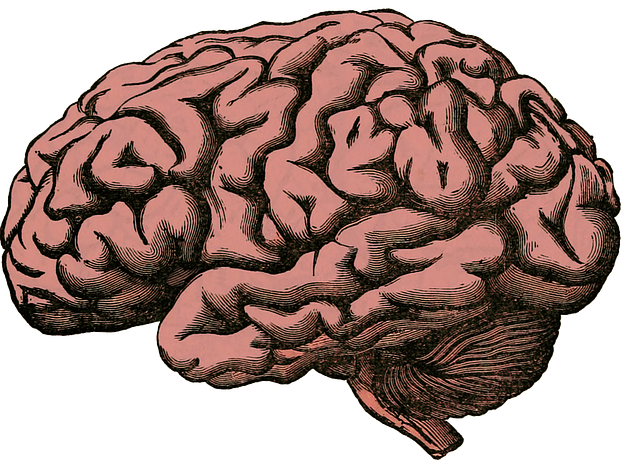The text explores the severe consequences of stigma surrounding mental illness, particularly its impact on children with sexual dysfunction. It highlights how internalized shame creates a culture of silence, hindering access to essential therapy. Key strategies for reducing stigma include education, open dialogue, and early intervention through programs like mindfulness meditation and emotional intelligence training. Integrating specialized therapy for Children Sexual Dysfunction (CSD) into these initiatives is crucial, addressing a hidden mental health challenge often compounded by shame. Empowering families, caregivers, and communities to navigate healthcare effectively further supports individuals with CSD while promoting broader mental well-being.
Mental illness stigma remains a significant barrier to seeking help. This article explores targeted efforts to reduce this burden, focusing on children’s mental health. We delve into the unique challenges of perceiving childhood mental illness and present effective strategies for schools and communities. Additionally, we highlight the crucial role of empowering families and caregivers in breaking down stigma. Finally, we discuss integrating therapy for children with sexual dysfunction into comprehensive stigma reduction initiatives.
- Understanding Stigma and Its Impact on Mental Health
- The Unique Challenges of Percepting Children's Mental Illness
- Effective Strategies for Reducing Stigma in Schools and Communities
- Empowering Families and Caregivers: A Key Role in Breaking Down Barriers
- Integrating Therapy for Children with Sexual Dysfunction into Stigma Reduction Efforts
Understanding Stigma and Its Impact on Mental Health

Stigma surrounding mental illness can have profound effects on an individual’s well-being. It often manifests as harmful stereotypes and prejudice, leading to discrimination and social exclusion. This internalized shame can deter people from seeking necessary support, such as therapy for children with sexual dysfunction, which is a sensitive yet critical area of mental health. The impact extends beyond the person experiencing stigma; it creates a culture of silence where unmet mental health needs go unrecognized and untreated.
Reducing stigma involves challenging these negative perceptions through education and open dialogue. By raising awareness about mental illness, we can foster empathy and understanding. This is crucial in promoting initiatives like burnout prevention strategies, anxiety relief programs, and self-esteem improvement workshops, all of which contribute to a more inclusive society where individuals feel empowered to prioritize their mental health without fear of judgment.
The Unique Challenges of Percepting Children's Mental Illness

Perceiving mental illness in children poses unique challenges due to their developing brains and often limited ability to express their feelings. The signs of distress can be subtle, easily mistaken for typical childhood behaviour or developmental stages. This complexity hinders early identification, a critical factor in effective treatment. Many parents and caregivers may not recognize the importance of addressing emotional issues in children, especially when they manifest as behavioural changes rather than overt psychiatric symptoms.
Furthermore, stigma surrounding mental health issues often intensifies when it involves children. Concerns about labeling or misunderstanding their experiences can deter families from seeking appropriate therapy for children sexual dysfunction or other hidden struggles. Burnout prevention and emotional well-being promotion techniques are essential tools in crisis intervention guidance for both children and their support systems.
Effective Strategies for Reducing Stigma in Schools and Communities

Stigma reduction efforts in schools and communities are vital to fostering an inclusive environment for all students. One effective strategy is incorporating therapy programs that address mental health issues early, such as those designed for children experiencing sexual dysfunction. By providing support and education, schools can dispel myths and reduce judgment towards students facing these challenges.
Additionally, promoting practices like mindfulness meditation and emotional intelligence training can significantly contribute to stigma reduction. These techniques enhance self-awareness and empathy, encouraging open conversations about mental health. Moreover, integrating burnout prevention initiatives within communities helps identify and support individuals at risk, thereby reducing the societal stigma associated with seeking help for psychological well-being.
Empowering Families and Caregivers: A Key Role in Breaking Down Barriers

Families and caregivers play a pivotal role in reducing the stigma surrounding mental illness, especially when it comes to issues like children’s sexual dysfunction, which often requires therapy. By fostering an environment of open communication, they can help break down barriers and encourage seeking professional help without fear of judgment. Empowering these primary supporters with knowledge about mental health conditions, treatment options, and available resources enables them to navigate the healthcare system effectively on behalf of their loved ones.
This empowerment involves enhancing their cultural sensitivity towards various therapeutic approaches, recognizing the importance of self-esteem improvement strategies in recovery, and teaching stress reduction methods to manage the often-difficult journey ahead. These efforts not only support the individual struggling with mental health issues but also contribute to a broader culture shift, where mental well-being is prioritised and treated with the same care as physical health.
Integrating Therapy for Children with Sexual Dysfunction into Stigma Reduction Efforts

Integrating therapy for children with sexual dysfunction into stigma reduction efforts is a vital step in creating a more accepting society. This specialized therapy addresses a complex issue often associated with shame and secrecy, which can exacerbate existing mental health challenges. By incorporating it into broader stigma-reduction initiatives, we not only provide essential support to young victims but also educate communities about the interplay between sexual dysfunction and mental illness.
Such efforts must include comprehensive risk assessment for mental health professionals, ensuring they are equipped to handle sensitive cases without risking their own burnout. Trauma support services play a crucial role in this process, offering safe spaces for both patients and therapists to navigate these complex issues. This holistic approach, combined with effective burnout prevention strategies for healthcare providers, can significantly contribute to breaking down the barriers of stigma associated with childhood sexual dysfunction and mental illness.
Mental illness stigma reduction is a multifaceted effort that requires understanding, empathy, and proactive strategies. By addressing the unique challenges of children’s mental health, implementing effective programs in schools and communities, empowering families, and integrating therapy for children with sexual dysfunction, we can create a more supportive environment. These collective efforts are vital steps towards breaking down barriers and fostering a society where mental well-being is nurtured without stigma.
